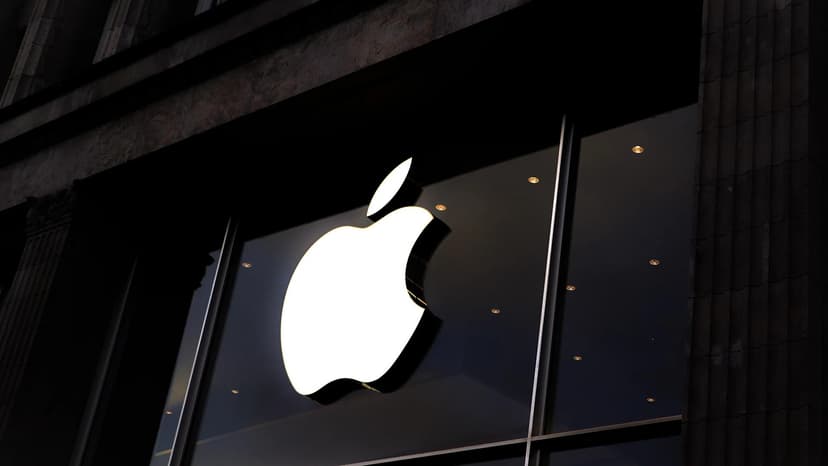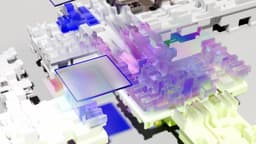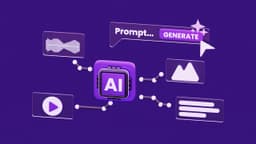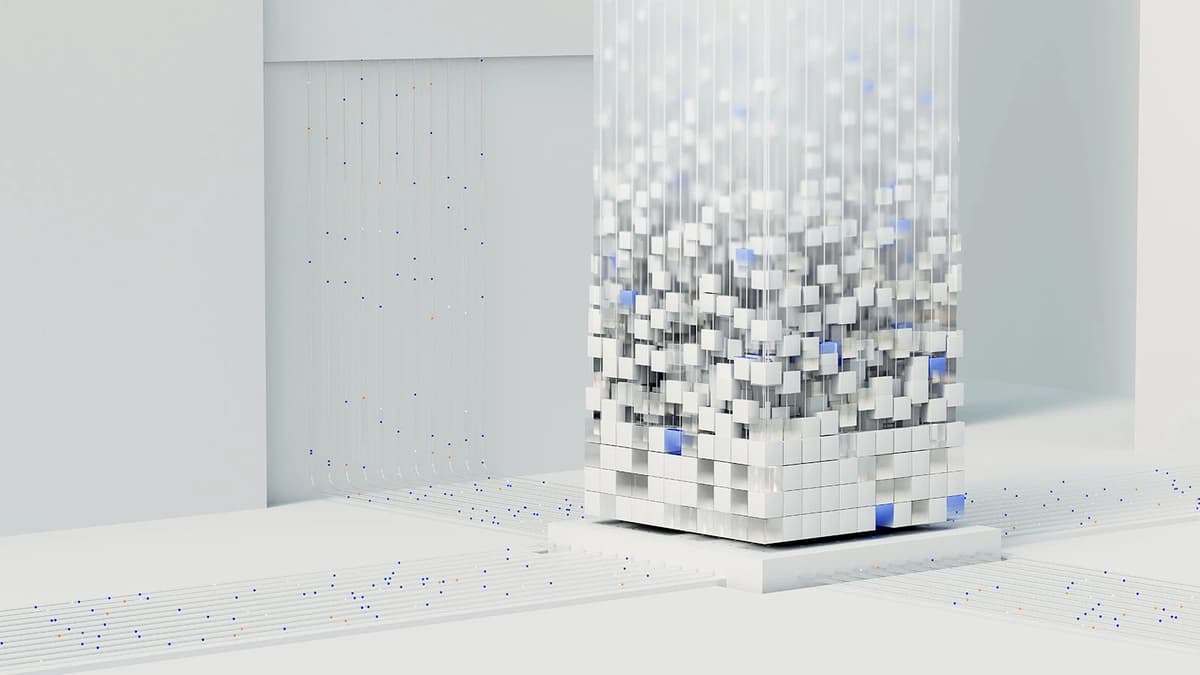The Model Context Protocol: A New Standard for AI Interactions
In the rapidly evolving world of artificial intelligence, particularly with Large Language Models (LLMs), the need for a standardized way to interact with various applications and data sources has become increasingly clear. To address this, Anthropic has introduced the Model Context Protocol (MCP), a groundbreaking initiative aimed at providing a uniform interface for LLMs to communicate with other applications.
What is the Model Context Protocol?
The Model Context Protocol is designed to enable LLMs, such as Claude, to interact seamlessly with a variety of tools, resources, and data sources. This protocol allows applications to expose their capabilities, including tools, resources, and parameterized prompts, which the models can then utilize. The key idea here is to create a standard that makes it easy for different systems to talk to each other, enhancing the functionality and versatility of AI models.
How Does it Work?
The MCP involves several components that work together to facilitate this interaction. Here’s a breakdown of how it operates:
Servers and Configuration
In its current form, the MCP uses a system where the Claude Desktop app (available for macOS and Windows) can be configured to run additional "servers." These servers are essentially processes that the app communicates with using JSON-RPC over standard input and output. This setup allows each server to present a list of tools, resources, and prompts that the model can access and use.
For example, to enable these servers, users currently need to hand-edit a JSON configuration file, a process that is acknowledged as clunky but is part of the early release phase. As the protocol evolves, this process is expected to become more user-friendly.
Tools and Resources
One of the most exciting aspects of the MCP is its ability to integrate with various tools and resources. For instance, there is a server implementation that allows Claude to execute read and write queries, as well as create tables in a SQLite database file on your local computer. This capability opens up a world of possibilities where AI models can directly interact with databases, files, and other data sources.
Future Developments
The MCP is not just limited to local servers. The specification outlines plans for an HTTP SSE (Server-Sent Events) protocol, which will enable communication with external HTTP servers. This means that in the future, Claude and other software implementing the MCP could communicate with web and mobile apps, expanding the protocol's reach significantly.
Real-World Applications
Several early preview partners have already announced their implementations of the MCP, showcasing its potential in real-world scenarios:
- Cody: This platform supports additional context through the MCP, allowing more comprehensive interactions with the AI model.
- Zed Editor: The Zed editor has announced MCP extensions, integrating the protocol into their editing environment.
These examples highlight how the MCP can be integrated into various applications to enhance their functionality.
Examples and Community Involvement
To help developers get started, there are several examples available on the modelcontextprotocol/servers GitHub repository. These examples use both TypeScript and Python SDKs, providing a comprehensive starting point for anyone looking to implement the MCP.
For instance, the SQLite server example is particularly noteworthy as it demonstrates how an AI model can perform database operations directly. Such examples serve as a catalyst for community involvement, encouraging developers to experiment and contribute to the protocol.
The Future of AI Interactions
The Model Context Protocol represents a significant step forward in how AI models interact with their environment. By standardizing the interface between LLMs and various applications, Anthropic is paving the way for more sophisticated and integrated AI systems.
As the protocol continues to evolve, we can expect to see more seamless interactions between AI models and a wide range of tools and data sources. This not only enhances the capabilities of AI but also makes it more accessible and user-friendly for a broader audience.
For those interested in exploring the MCP further, visiting the quickstart guide or diving into the GitHub examples can provide a solid foundation for getting started. As this protocol continues to grow and mature, it will be exciting to see the innovative ways in which developers and users leverage its capabilities.












